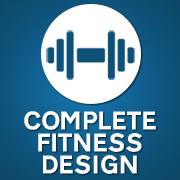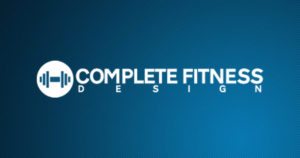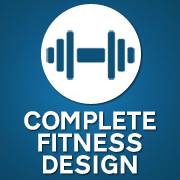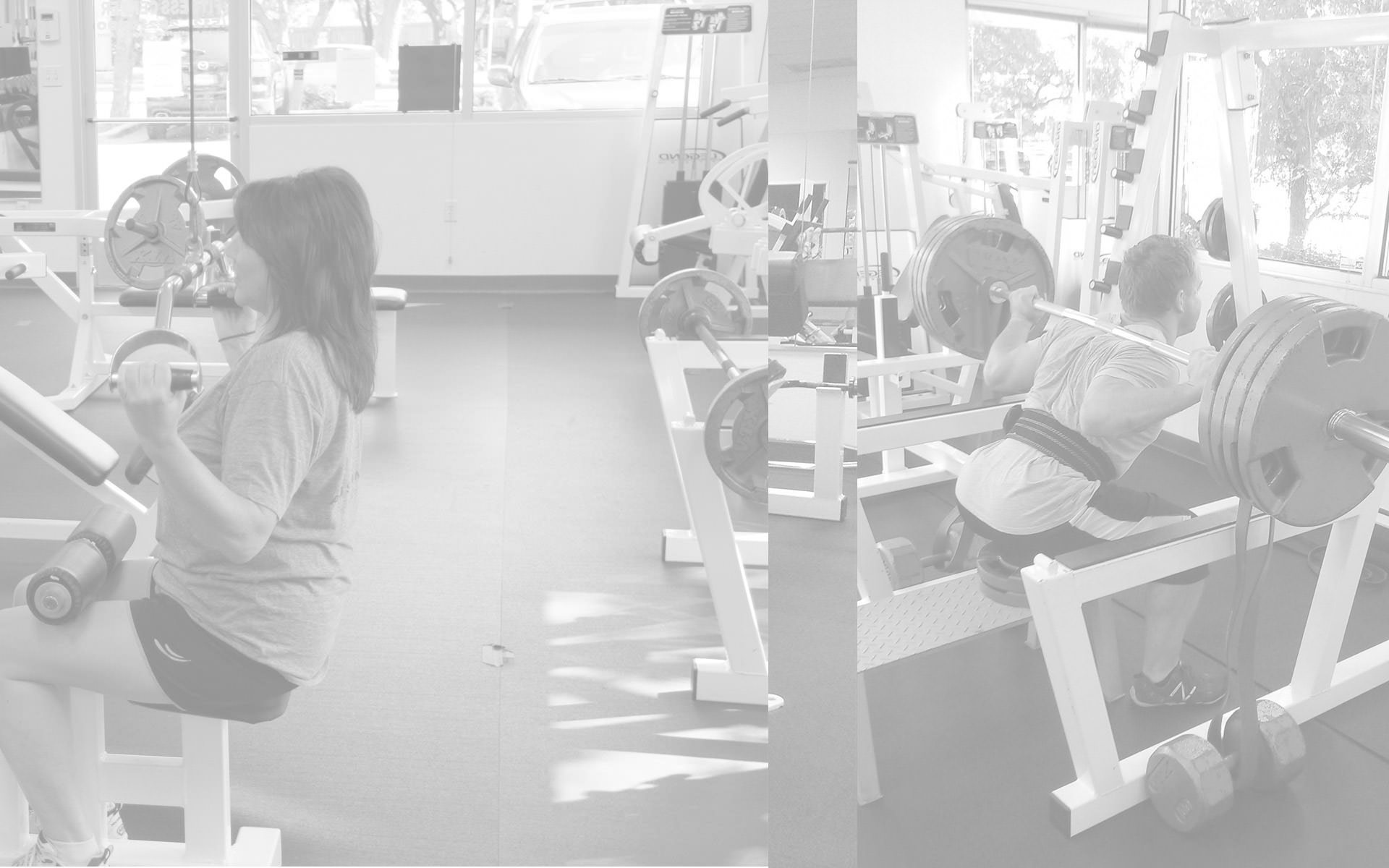Don’t be that Stereotypical Personal Trainer. This is How to Become a REAL Personal Trainer
As promised last week, this week’s blog is about how to become a personal trainer. One of the best things about my job as a personal trainer in Austin, is when I work with truly motivated people. These are the people who work tirelessly, follow instructions, show up on time for their appointments, do their homework, and remain focused. These are the people who will succeed whether we are doing sport specific training, rehabilitating an injury, or changing body composition. It is truly rewarding to help someone succeed. One question I get rather frequently, especially from the younger crowd, is how to become a personal trainer. It’s a very satisfying thing professionally, when I can help someone become a personal trainer. A lot of people think trainers are repetition counters or cheerleaders, but those are the mere stereotypes of the profession, and those folks are quite frankly, rather useless. A real personal trainer, however, can make all the difference between success and failure with any client.
How to become a personal trainer isn’t a question that can be easily answered. To start with, some people should never consider it for a job, much less a career. To be successful, I’ve long said you have to know your stuff, and you have to genuinely care about other people’s success. If either one of these qualities is absent, the “trainer” is transparent and will float anonymously among the impersonal trainers.
How to become a personal trainer starts with basic knowledge, which naturally, you will expand upon in time. In depth anatomical knowledge is absolutely vital. You may be able to tell me the quadriceps have 4 muscles, but where do they insert? How do they individually potentially cause knee issues, and so on. Do more than be able to recite back the names of the 4 rotator cuff muscles, but also be able to discuss which planes of motion they affect, where they insert, and how they can be diagnosed as imbalanced, weak, etc.
Nutrition, Injuries, and Ailments
Nutrition is another subject to master if you’re wanting to know how to become a personal trainer. It’s not sufficient to say eat a lot of protein and stay away from fast foods. You will have to know the ins and outs of all 3 macronutrients, how the work within the body, and what a good balance for the individual client’s goals are considering medical history, etc.
If you want to be a top shelf trainer, so to speak, you’ll have to be well versed in medical conditions such as gastrointestinal maladies, diabetes, types 1 and 2. Ankylosing Spondylitis, arthritis, inflammatory conditions, and so on. If a client wants to lose weight, but has raised blood sugar levels, it’s not calories in vs calories out. It’s more often than not hormonal in such an instance as a spike in blood sugar will result in an insulin spike.
Injury rehabilitation and how to work around pre existing conditions, or old injuries, such as broken bones, or torn tissue is very important so as not to exacerbate problems, but remedy them.
How to be a personal trainer, as you can see is a rather complex question. These examples, barely scratch the surface. Instead of looking at it as foreboding and too complicated, or intimidating, take it one step at a time. Just like the clients of personal trainers do. Start learning the basics, and expand your knowledge from there. Perhaps book some sessions with a good and experienced trainer to learn more. If possible, try and get an internship at a training studio all the while soaking up all the knowledge you can get your hands and eyes on.
Ready to Get Started?

Andy

Latest posts by Andy (see all)
- Workout Motivation: How To Get Motivated To Work Out - March 9, 2022
- Body Fat Types: Subcutaneous and Visceral Fats - June 1, 2019
- Why Diets Work If You Stick With Them - April 1, 2019






